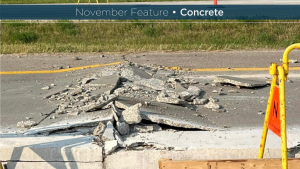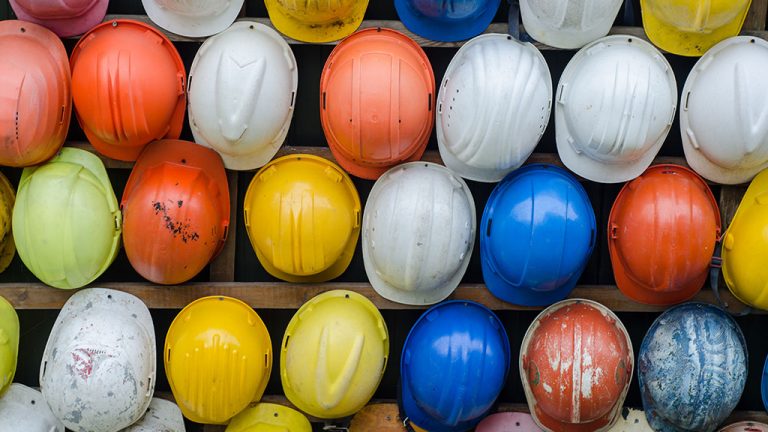The Canadian Construction Association (CCA) recently made recommendations to the federal government for a COVID-19 recovery plan, but before that plan can be put into action it’s important for the Trudeau Liberals to help the industry by ensuring it’s well-positioned to do its part, said association president Mary Van Buren.
“The first thing is we still have to survive this crisis,” said Van Buren. “They (construction businesses) need that money now in order to be able to participate in the economic recovery.”
How construction industry stimulus is rolled out will have an impact on how effective it is.
“We have provided advice to the government on how we see economic stimulus happening,” she said.
“Studies show that investing in infrastructure is a proven strategy for economic recovery. It’s smart to invest in infrastructure as a way to help the economy to get back on its feet.”
The association recently sent a letter to Prime Minister Justin Trudeau detailing recommendations for an industry-specific economic stimulus package to be provided on principles of co-ordination, balance, clarity and flexibility.
The CCA says contractors are concerned about how existing contracts will address pandemic-related delays, project disruptions, increased costs and payment delays.
“We’re really concerned because not only is Canada not out of the woods quite yet with this pandemic but the industry is not out of the woods either, so it’s later where we are probably going to start to see some bankruptcies,” she said.
“That’s why it’s really important, at the federal level, we’ve asked for that reimbursement program on the costs so they have that liquidity today to survive and then lead to recovery where the industry can really bring a lot of economic value back to the country.”
In terms of balance, there need to be projects for all sectors, regions and firms of all sizes.
We have to make sure that there is minimal red tape,
— Mary Van Buren
Canadian Construction Association
“Our message is it should be measured and it should be over a period of time that is maybe 18 months or 24 months,” said Van Buren. “Our message has been consistently boom and bust is not good for the industry, it’s not good for Canadians and so how can we spread this out.
“We need projects for roadbuilders and civil, general contractors, trade contractors, manufacturers and suppliers, maintenance contracts and it’s for all sizes — small, medium and large projects — and across the country because there is a lot of capacity for the industry to take these projects on so we have to be thinking about how we can share that across the country.”
In terms of co-ordination, federal departments need to collaborate with provinces and municipalities to eliminate red tape and get Canadians back to work quickly and ensure revenue flows for business owners and workers, she stated.
“We have the Invest in Canada Plan, which is fantastic, but even from the 2018 commitments, it’s been significantly underused. We have to make sure that there is minimal red tape, any regulatory processes are very predictable, consistent and easy to follow to get those funds flowing,” Van Buren explained.
“The Invest in Canada Plan has a set of buckets for strategic investments in sustainable projects, mass transit etc. Someone in Saskatchewan does not necessarily need mass transit but they may need other things for their communities to invest in to be productive and strong. So that’s another part of it, is being flexible with the funding that is available.”
The federal government has already set aside $180 billion over 12 years for infrastructure, Van Buren pointed out.
“There is the possibility of moving some of that funding from the back end forward and of course there is Canada’s Infrastructure Bank,” she noted. “There are already some tools in place and it’s more a matter of getting the funding flowing more quickly and more evenly across the country and across all the different types of construction.”
Follow the author on Twitter @DCN_Angela.











Recent Comments
comments for this post are closed